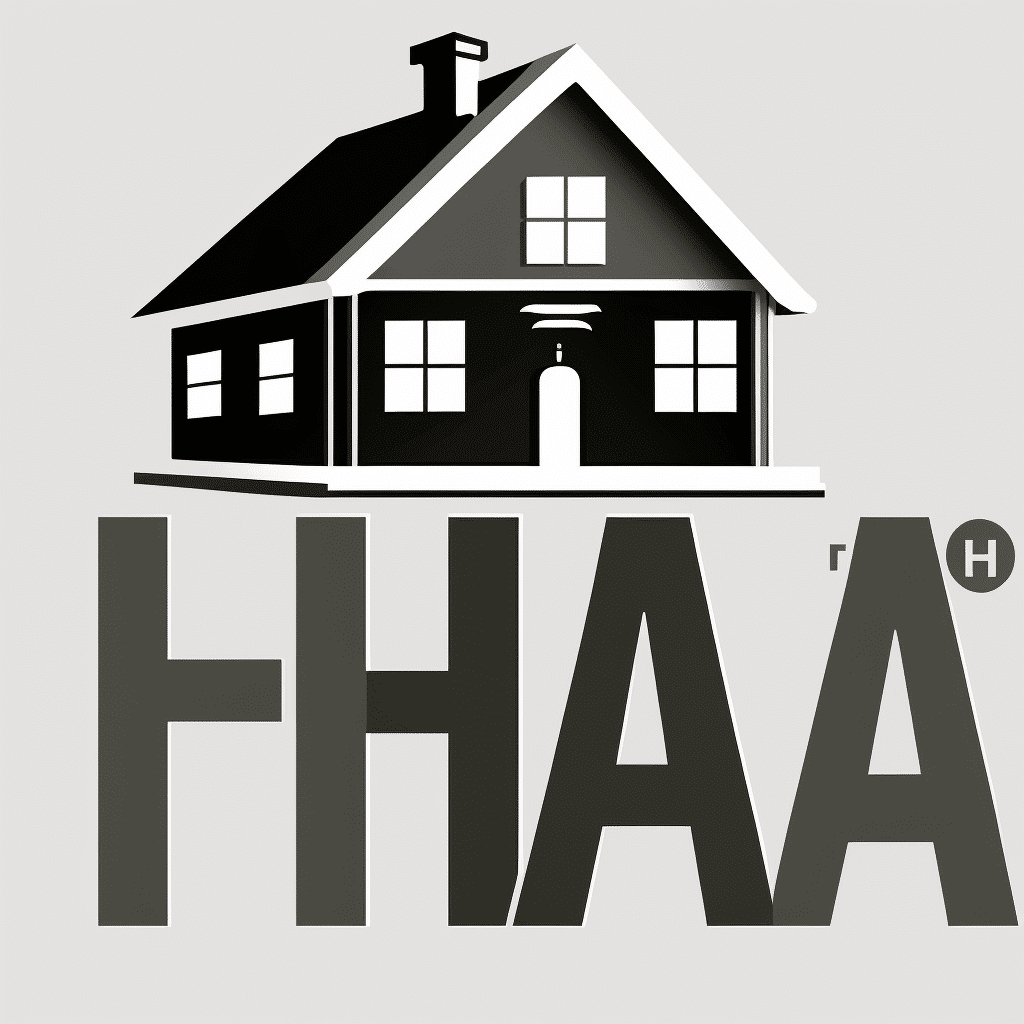What Does FHA Stand For?
What does FHA stand for? The term “FHA” is short for the Federal Housing Administration. It is a part of the U.S. Department of Housing and Urban Development (HUD). Created in the throes of the Great Depression in 1934, the FHA aimed to revitalize the crumbling housing market. Its primary mission? To make homeownership possible for more Americans, especially those in lower- and middle-income brackets, by insuring mortgages.

The Federal Housing Administration: History and Purpose
The Federal Housing Administration was instrumental in its time. By insuring lenders against the risk of borrower default, it encouraged them to offer loans with lower down payments and favorable terms.

| Aspect | Details |
| Acronym | FHA |
| Full Form | Federal Housing Administration |
| Established | 1934 |
| Purpose | To improve housing standards and conditions, provide an adequate home financing system |
| Primary Product | FHA Loans |
| Features of FHA Loans | |
| – Down Payment | As low as 3.5% |
| – Credit Score | Minimum of 580 for 3.5% down payment |
| – Mortgage Insurance | Required, includes Up-Front Mortgage Insurance Premium (UFMIP) and annual MIP |
| – Loan Limits | Varies by region, generally follows balanced housing price indices |
| Eligibility Requirements | |
| – Residency | Primary residence only |
| – Employment | Steady income and proof of employment |
| – Debt-to-Income Ratio | Typically must be less than 43% |
| Benefits | |
| – Lower Down Payments | More accessible for first-time homebuyers or those with lower savings |
| – Flexible Credit Terms | Beneficial for individuals with lower credit scores |
| – Assumable Loans | Can be transferred to a new buyer, potentially saving future costs |
| Costs | |
| – UFMIP | 1.75% of the base loan amount (can be financed into the loan) |
| – Annual MIP | 0.45% to 1.05% of the loan balance, depending on loan terms and amount |
| Application Process | |
| – Approach | Apply through FHA-approved lenders |
| – Documentation | Income proof, credit report, asset documentation, employment verification |
Differentiating Between Federal Housing Authority and Federal Housing Administration
Here’s a common mix-up: the Federal Housing Authority versus the Federal Housing Administration.
FHA Loan Definition and Understanding
An FHA loan is a gem for many potential homeowners. It’s a type of mortgage insured by the FHA, designed specifically for those who may struggle to meet the requirements of conventional loans.
FHA Meaning: A Deeper Dive into Its Impact
The meaning of FHA isn’t just in its acronym—it’s about its profound impact.
Real-Life Examples of FHA Influence
Let’s talk real-world impact.
The Future of FHA: Trends and Predictions for 2024 and Beyond
What’s next for the FHA? The future holds promising trends.
Summing It All Up
The significance of the FHA extends far beyond the term itself. The Federal Housing Administration has been a transformative force in American housing, making the dream of homeownership attainable for countless individuals. From its historical inception during the Great Depression to its modern-day role in promoting sustainability and embracing technology, the FHA is integral to the housing market. As we step into 2024, recognizing the trends and the enduring importance of the FHA can empower potential homeowners and professionals alike.
For a comprehensive understanding of related mortgage topics, like the best property management and other invaluable resources, you can always turn to Mortgage Rater.
Ready to explore further or even start your mortgage journey? Visit us at Mortgage Rater and take that first step toward your dream home confidently.
What Does FHA Stand For Ultimate Guide
The term “FHA” stands for the Federal Housing Administration, a government agency established in 1934 to boost homeownership by providing mortgage insurance on loans made by FHA-approved lenders. But did you know there’s more to this acronym and its history than meets the eye? Let’s delve into some engaging trivia and fun facts that bring a fresh perspective to understanding what does FHA stand for.
The Birth of FHA
Before the FHA stepped onto the scene, homeownership was pretty much a pipe dream for many Americans. Mortgages at that time were sort of like a reverse mortgage in that they demanded massive down payments and had terms lasting only five to ten years. The FHA changed the game by introducing longer repayment periods and lower down payments, making buying a home no longer an elusive dream. If you’re curious about other types of mortgages, like reverse mortgages, you can find more about them here.
FHA And Your Septic System
You might be scratching your head, wondering what septic systems have to do with FHA. Well, the FHA’s standards even extend to what’s in your backyard! If you’re applying for an FHA loan, they have guidelines about your home’s septic system. Not only do they care that it’s functioning correctly, but they also want to ensure it meets local health standards. For a deeper dive into septic system requirements, click here to discover more.
The Role of FHA in Modern Lending
Today, FHA loans are incredibly popular, especially for first-time homebuyers and those with less than perfect credit. The FHA’s influence is substantial and goes beyond traditional home loans. For example, did you know you can even use an FHA loan to purchase a rental property without a hefty upfront investment? Yup, it’s possible, and you can read here to find out how.
So there you have it! Hopefully, these fun facts and trivia add colorful context to what does FHA stand for, painting a vivid picture of its significance and ongoing influence in the housing market.



